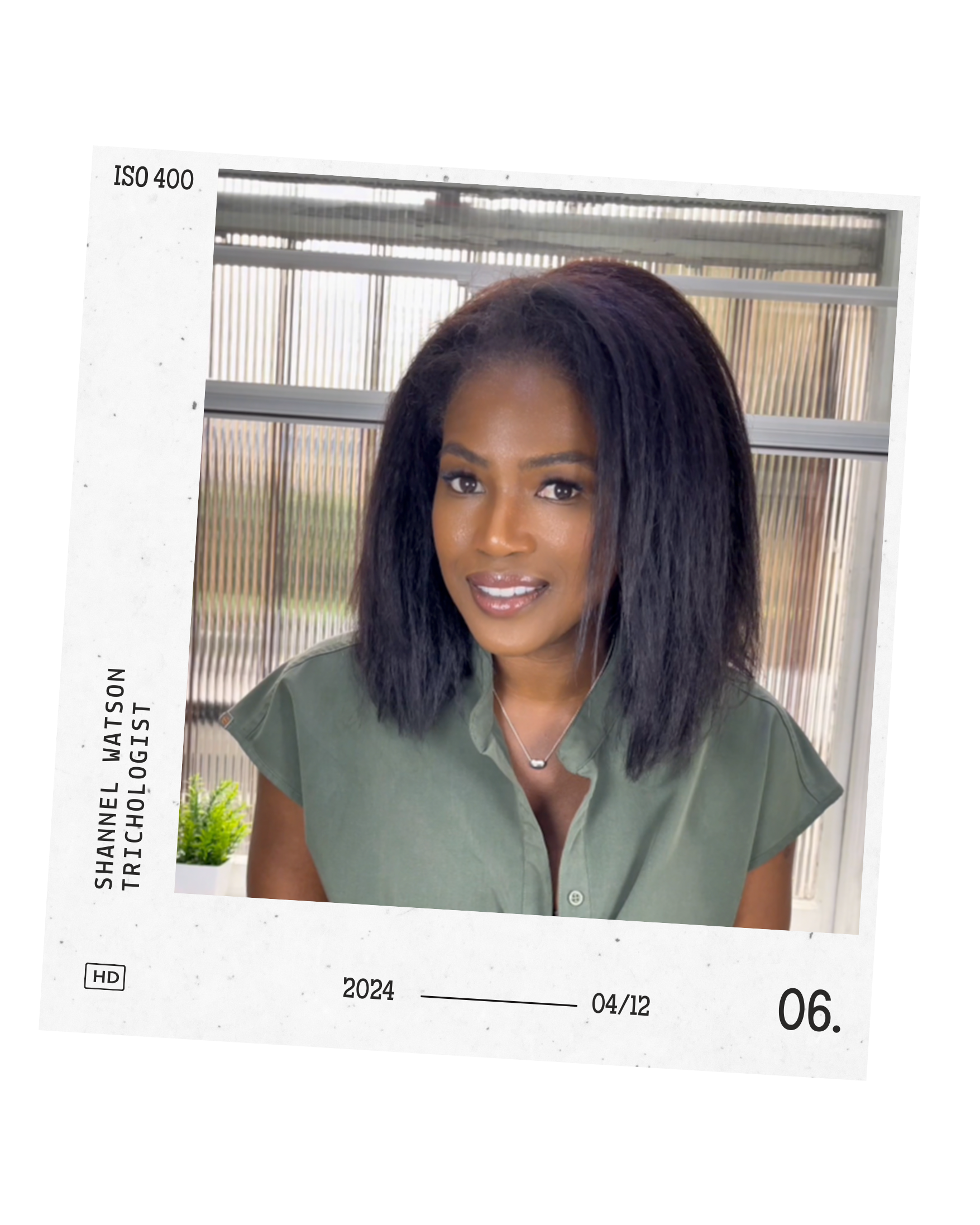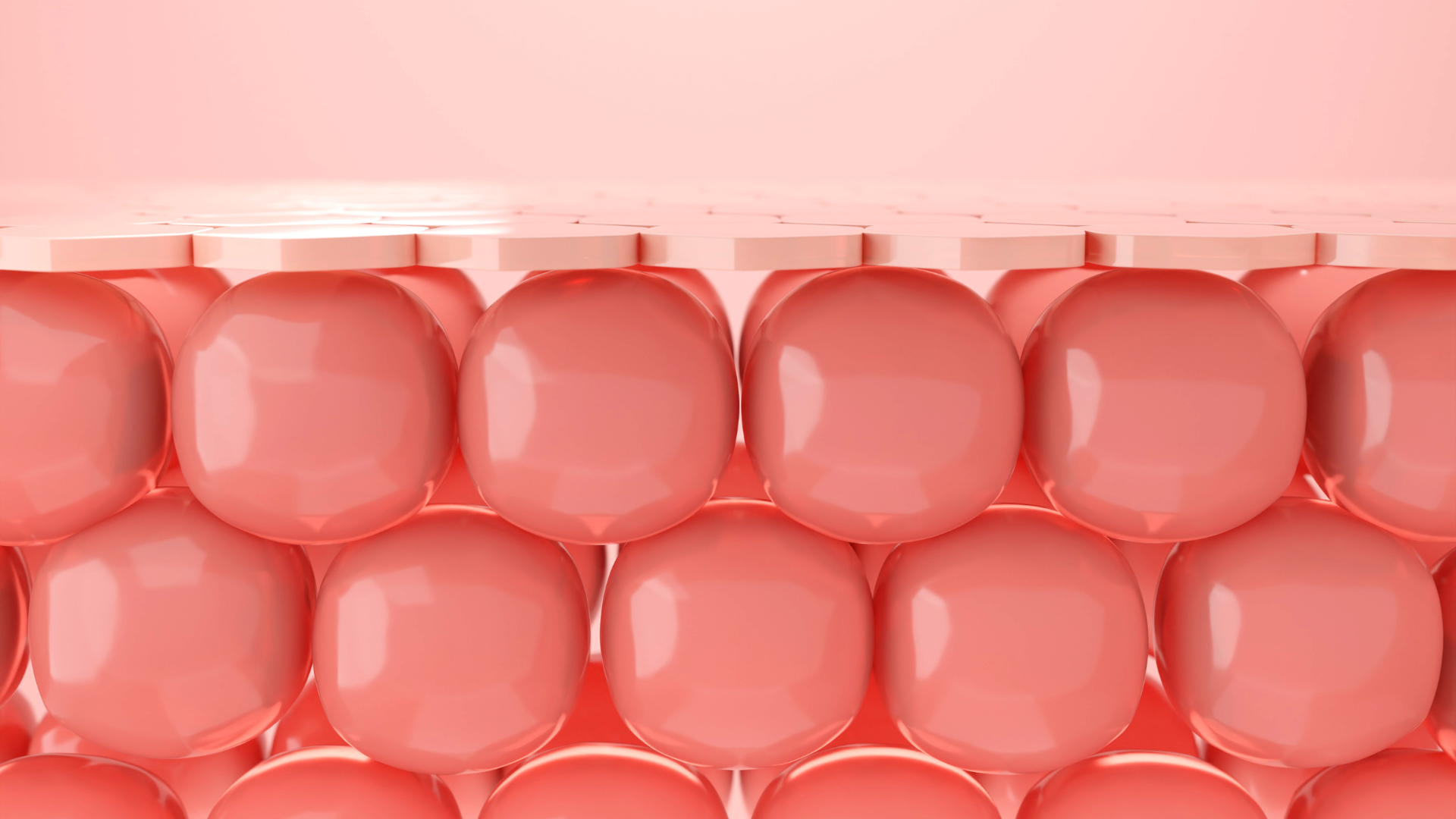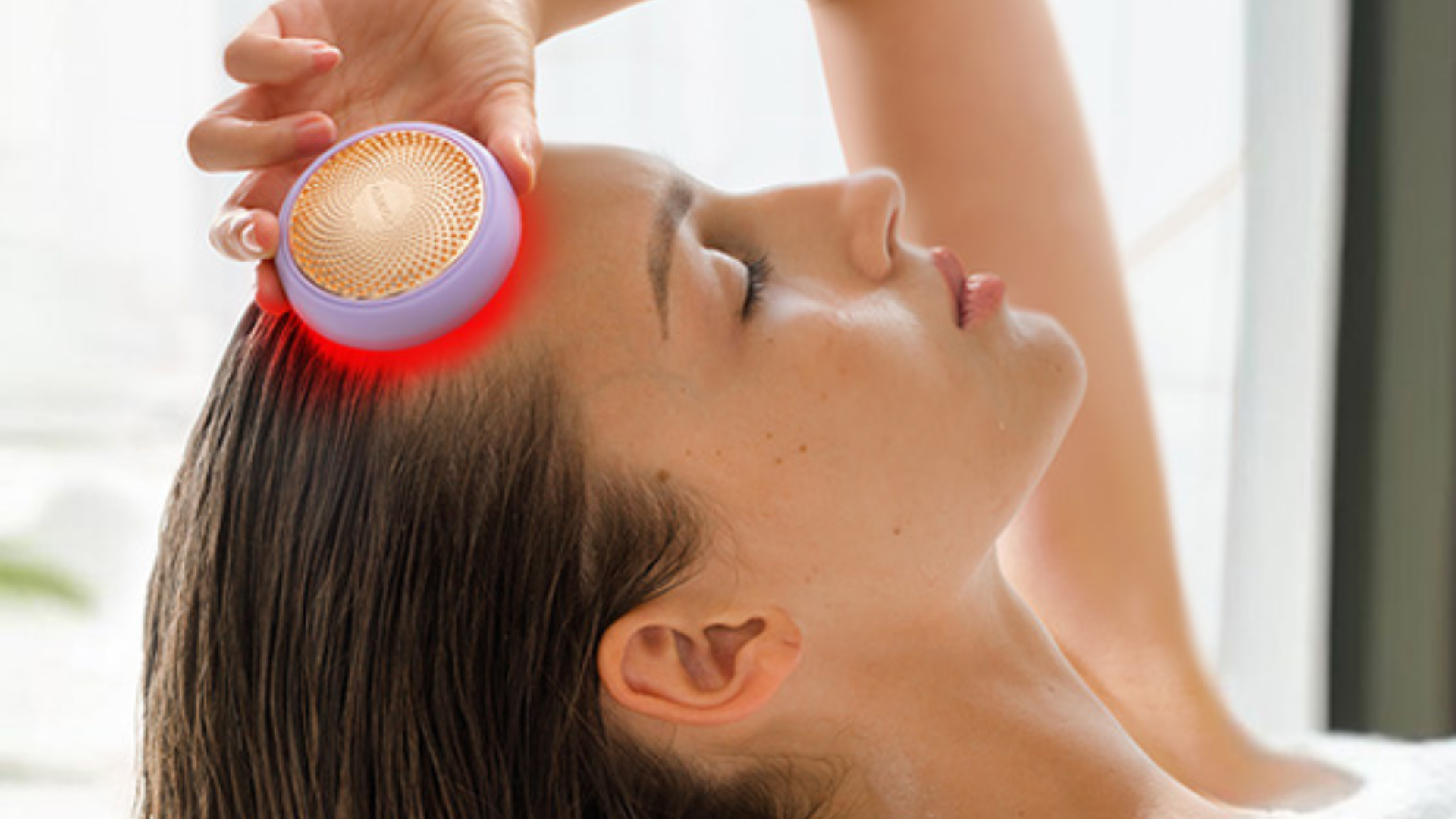LED Therapy and Scarring Alopecias: Exploring the Possibilities
Can red light play a role in managing scarring hair loss conditions?
In this article, we look at the emerging research on lichen planopilaris, frontal fibrosing alopecia, and central centrifugal cicatricial alopecia. While early, the evidence suggests LED therapy may help calm inflammation, support fibroblast activity, and assist in tissue repair. We explore its potential as a non-invasive adjunctive therapy in conditions where options are often limited.

Scarring alopecias, including lichen planopilaris , frontal fibrosing alopecia (FFA), and central centrifugal cicatricial alopecia (CCCA), present significant therapeutic challenges. These conditions are characterized by inflammation leading to permanent hair follicle destruction and fibrosis. Traditional treatments often focus on immunosuppression to halt progression, but emerging evidence suggests that low-level light therapy (LLLT), particularly red light therapy, may offer additional benefits.
Mechanisms of Red Light Therapy
Red light therapy operates within the 630–680 nm wavelength range, penetrating the scalp to stimulate cellular activity. Its proposed mechanisms include:
- Anti-inflammatory effects: Reducing pro-inflammatory cytokines and modulating immune responses.
- Fibroblast stimulation: Promoting tissue repair and reducing fibrosis.
- Enhanced circulation: Increasing blood flow to support follicle health.
Scarring Alopecia: Can Light and Touch Really Help?
Scarring alopecias—such as lichen planopilaris, frontal fibrosing alopecia, and CCCA—are among the most difficult hair loss conditions to manage. Once the follicle is destroyed and replaced by scar tissue, regrowth is rarely possible. But that doesn’t mean intervention is pointless. In fact, preserving the health of the surrounding tissue becomes everything.
While medication is still the backbone of treatment, especially in active stages, there’s growing interest in supportive therapies that enhance the scalp environment—specifically red light and mechanical massage. When used together, these two non-invasive tools may offer meaningful improvements in circulation, inflammation, and long-term scalp health.
Red LED light in the 630–680 nm range has been shown to reduce pro-inflammatory markers, calm immune hyperactivity, and support fibroblast activity—the cells responsible for organising collagen and healing tissue. In conditions like lichen planopilaris, small clinical studies have reported reductions in burning, itching, and visible inflammation with consistent LED use. While it doesn’t undo scarring, it may help stabilise the tissue and prevent further damage in areas that are still active.
Massage, often underestimated, has an equally important role. Regular, intentional stimulation helps soften fibrotic tissue, encourage blood flow, and improve the flexibility of the scalp—especially in areas that have become tight or shiny due to collagen buildup. Studies have even shown that gentle mechanical stress on the dermal layer can influence gene expression, increasing growth factors and reducing local inflammation. And when combined with LED therapy, massage may help red light penetrate more evenly and reach deeper layers of tissue.
What’s most promising is how these therapies complement medical treatment. When paired with topical anti-inflammatories or oral immunomodulators, both LED and massage can enhance the delivery of actives by improving blood flow and tissue responsiveness. Add in lifestyle changes—like adopting an anti-inflammatory diet, improving insulin sensitivity through movement, and reducing systemic stress—and you create a far more favourable terrain for managing these complex conditions.
There is no cure for scarring alopecia. But there is a way to preserve what remains, slow progression, and make the scalp a healthier place to be. Sometimes, it’s the gentler interventions—light, touch, breath—that keep the balance intact.
SIDEBAR - Certainly — here is a refined and clinically-informed sidebar article for The Hair Ritual July edition, focusing on the synergistic role of LED therapy and scalp massage in managing scarring alopecias, alongside adjunctive lifestyle interventions:
Scarring Alopecia: Can Light and Touch Help?
Scarring alopecias—such as lichen planopilaris (LPP), frontal fibrosing alopecia (FFA), and central centrifugal cicatricial alopecia (CCCA)—are characterized by irreversible hair follicle destruction due to chronic inflammation and subsequent fibrosis. While conventional treatments aim to halt progression, emerging evidence suggests that low-level light therapy (LLLT) and scalp massage may serve as valuable adjuncts in managing these conditions.
Red Light Therapy: Modulating Inflammation and Fibrosis
LLLT, particularly within the 630–680 nm wavelength range, penetrates the scalp to exert anti-inflammatory effects and stimulate cellular activity. Studies have demonstrated that red light can:
· Downregulate pro-inflammatory cytokines, such as IL-1β and TNF-α, thereby reducing inflammation.
· Stimulate fibroblast activity, promoting organized collagen deposition and mitigating fibrotic tissue development.
· Enhance microcirculation, improving oxygen and nutrient delivery to the scalp.
In a case series involving patients with LPP, consistent LLLT use led to reduced perifollicular inflammation and symptom relief, although significant hair regrowth was limited.
Scalp Massage: Mechanical Stimulation for Tissue Health
Scalp massage applies mechanical forces that can influence the scalp’s biological environment. Research indicates that regular scalp massage can:
· Increase hair thickness by stretching dermal papilla cells, which play a crucial role in hair growth.
· Enhance blood flow, facilitating nutrient delivery and waste removal.
· Modulate gene expression, upregulating growth-promoting genes (e.g., NOGGIN, BMP4) and downregulating inflammatory markers (e.g., IL-6).
These effects suggest that scalp massage may help maintain a healthier scalp environment, potentially slowing the progression of scarring alopecias.
Integrating Lifestyle Interventions
Adjunctive lifestyle modifications can further support scalp health:
· Diet: Adopting an anti-inflammatory diet, such as the Mediterranean diet rich in raw vegetables and fresh herbs, may promote hair health and growth.
· Exercise: Regular physical activity can improve overall circulation and reduce systemic inflammation.
· Stress Management: Techniques like meditation and yoga may help lower stress-induced inflammatory responses.
Conclusion
While LLLT and scalp massage are not standalone treatments for scarring alopecias, they offer promising adjunctive benefits. By modulating inflammation, enhancing circulation, and promoting a healthier scalp environment, these therapies can complement conventional treatments and lifestyle modifications to manage disease progression effectively.
Let me know if you’d like this content adapted into a visual infographic or patient handout for clinical use.
Clinical Evidence
Lichen Planopilaris (LPP)
A case series reported significant improvements in patients with LPP undergoing LLLT, including reduced inflammation and hair regrowth without adverse effects.
Central Centrifugal Cicatricial Alopecia (CCCA)
In a study involving Black women with CCCA, the use of a dual-wavelength LED cap (Revian Red System) demonstrated positive outcomes, including increased nitric oxide production, improved blood flow, and reduced inflammation.
Frontal Fibrosing Alopecia (FFA)
While data on LLLT for FFA are limited, some studies suggest potential benefits in reducing inflammation and halting disease progression.
Considerations and Future Directions
While early results are promising, further large-scale, randomized controlled trials are necessary to establish standardized protocols and long-term efficacy. Clinicians should consider LLLT as an adjunctive therapy, particularly in patients seeking non-invasive options or those with contraindications to systemic treatments.




